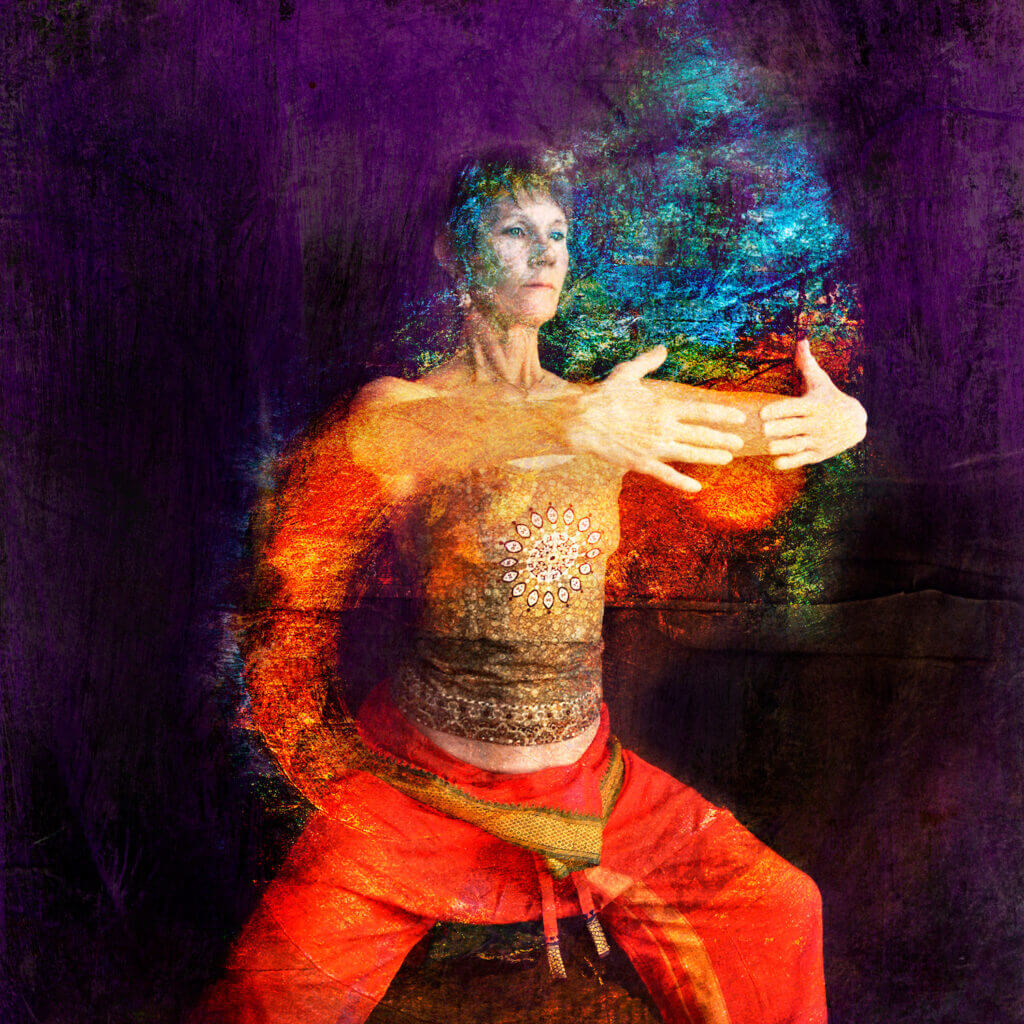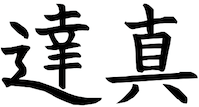Disclaimer: I am an amateur in standing practice. Advice in this article may be misleading or incomplete, or not apply to you and your body. Accordingly, I recommend seeking out and working with a qualified teacher if at all possible, such as Corey Hess. Because there are many different ways of teaching and practicing standing, a teacher will likely emphasize and teach different things than what I share in this introduction.
In recent years, I started feeling called to complement my seated meditation practice with other contemplative movement practices. I had acquired some injuries from sitting, running, and health issues, which made extensive sitting practice painful and prohibitive. Beyond that, though, I felt extremely curious about practices like yoga, Tai Chi, and Qi Gong.
When I began to look into learning Tai Chi and Qi Gong, I learned that traditionally, if you wanted to learn those practices or any of the internal martial arts, you wouldn’t start with those practices directly. Instead, there was a pre-requisite: they would have you start with standing meditation (Zhan Zhuang, standing like a tree). You could only move onto Tai Chi or Qi Gong once you could maintain a standing posture for an extended period of time. Standing was considered to be a prerequisite for all of the other practices because it gives you increased body awareness, relaxation, and energy.
That got my attention. While I was interested in learning Tai Chi, I didn’t want to skip any prerequisites. I started working with a teacher, and began a daily standing meditation practice.
Broadly, there are three reasons you might be interested in this practice: spiritual benefits, health benefits, and martial benefits. For me, I was actually most interested in the health benefits. Standing offered a possibility of healing the damage in my right knee and ankle. Since I’ve taken up standing, my right leg has gradually healed in noticeable ways.
Beyond that, it has also had tremendous spiritual benefits. Standing meditation charges your energy body, increasing how much energy is flowing through your system, how much capacity you have for that energy, and your awareness of it. It also builds body awareness in general and cultivates deep relaxation in the body.

There are points in your body that you habitually tense. When you stand, those points of tension start to hurt. This is painful, but it also forces you to learn to relax those areas of your body. Over time your body relaxes more and more which allows the energy to flow more and more. When I stand, it feels like I’m a battery that’s getting recharged. It feels great. It’s often the best part of my day.
The real benefits of standing come with the consistency of daily practice. If you try it once, it can seem underwhelming, and even boring or painful. But if you do it literally every day for 30, 60, 90 days, you see the benefits and value of standing practice.
If at all possible, practice standing meditation outside. From a traditional perspective, you are exchanging your energy with the universe. It’s better to exchange energy with the vast open universe rather than a closed stuffy room. If it’s not possible for you to stand outside due to weather or your circumstances, it’s fine to stand indoors in a well-ventilated place, perhaps with a window open.
Practicing standing meditation has three parts: a warm up, the standing itself, and the cool down.
Warmup (#1)
It’s extremely important to warm up, because standing is actually quite demanding on the body. It can be surprising how hard it is. It seems like you’re just standing there – that shouldn’t be that hard, right? But it can become uncomfortable very quickly, especially early on.
Warming up beforehand helps prepare your body for the exertion that comes with standing meditation. It allows your joints to relax, and energy to flow.
I warm up from top to bottom:
- Neck Circles
- Arm Swings, Hitting Shoulders
- Shoulder Rolls
- Arm Swings Forward
- Arm Swinging with Spinal Twist
- Hip Circles
- Knee Massage
- Ankle Circles
These motions are good starting points, but you don’t have to do exactly these motions – you can do anything that makes your body feel good!
Standing (#2)
Once you’re warmed up, you plant your feet and balance your weight evenly. You can stand with your arms and hands in several postures. The first is to have your arms at your sides, in Wu Ji (empty posture):

Wu Ji – Image from Master Lam’s The Way of Energy
Alternatively, you can hold out your arms and hands, as if you were holding a beach ball or hugging a tree:

Holding the Balloon – Image from Master Lam’s The Way of Energy
The number one rule for standing is to make sure that your knees are slightly bent, rather than locked. This is true for all of the joints in your body, but it is especially important to make sure your knees are bent to avoid injury.
Having assumed the posture, you can draw awareness into the body. If there are any points that have muscular tension, relax those parts.
Some tension or discomfort is quite normal when standing. Standing is surprisingly demanding on the body. But if you feel faint, dizzy, or a degree of pain that seems or feels serious – especially the kind of pain that will persist after you change postures – stop standing immediately. In the case of pain, massage the painful part of your body, and be careful with it in the future.
Cool Down (#3)
After doing the standing meditation, take a few minutes to cool down. Here are some exercises I do, again moving from top to bottom:
- Head, Face and Ear Massage, Washing the Face and Combing the Scalp
- Tapping or Drumming the Arms and Limbs
- Kidney Massage
- Foot Self-Massage
Again, you don’t have to do these particular exercises, and you can add anything else that your body might be asking for, that would feel good.
Stand every day, starting with five minutes. In the beginning, consistency is the most important thing. The nice thing about starting with five minutes is that you will probably finish feeling like you could do a longer amount of time. It’s nice to end on that note! As Mingyur Rinpoche says about seated meditation, “The best rule is to spend less time meditating than you think you can… [it] leaves yourself wanting more.”
Over time, you can gradually increase how long you’re standing for at a pace that feels good for you. You can work up to twenty or more minutes.
Twenty minutes will tend to give you the health and energetic benefits of standing meditation, without being too taxing. You can always do more if that feels good, but twenty minutes is a good, reasonable goal for most people.
That said, do take care of your body and trust your body. While you want to increase how long you’re standing over time, you don’t want to do so at the expense of your body.
So: warm up. Stand. Cool down. Start with five minutes a day, and work up to twenty or more. Practice every day, and let the benefits unfold over time.
Books:
- The Way of Energy by Master Lam
- Inside Zhan Zhuang by Mark Cohen
- The Power of Internal Martial Arts and Chi by Bruce Frantzis (notes)
Resources:
- Master Lam’s 10 Part Video Series on Standing Meditation
- Zhan Zhuang Classes with Corey Hess
- Zen Embodiment, Corey Hess’ blog (Zhan Zhuang-related posts here)
- Guided Standing Meditations from Ajahn Sucitto
Thank you to Nathan Hechtman for helping me to draft this post, to Nathan Hechtman and Nicolai Amrehn for reviewing it, and to Elena Ray for allowing me to license her beautiful art. Thank you as well to Cameron Joyner and Tom for teaching me standing meditation, and to Corey Hess for his inspiring writings and teachings on Zhan Zhuang.
